INDIA's total coronavirus infections crossed 27 million on Wednesday (26), swelled by 208,921 new cases over the last 24 hours, while daily deaths from Covid-19 rose by 4,157.
The South Asian country's overall caseload is now at 27.16m, while total fatalities are at 311,388, according to health ministry data.
India conducted 22,17,320 coronavirus tests on Tuesday (25), its highest-ever in a day, according to the ministry data.
The data also showed that 295,955 patients recovered from the virus in the past 24 hours, pushing the total recoveries so far to 24,350,816.
The national Covid-19 recovery rate has improved to 89.66 per cent, it showed. The death toll also climbed to 311,388.
According to the ministry, the daily test positivity declined to 9.42 per cent., and it is the second day in a row that the case positivity rate has remained below 10 per cent. The weekly positivity rate has also declined to 11.45 per cent.
The updated data shows that the number of active cases have further come down to 2,495,591, with a net decline of 91,191 in the past day.
'Lockdown was effective'
The fall in daily Covid-19 cases and the shrinking positivity rate in Delhi were the results of the lockdown, health minister Satyendar Jain has said.
He added that about 600 cases of black fungus or mucormycosis have been reported in the national capital, with over 200 being recorded alone on May 23.
The lockdown in Delhi amid the ongoing second wave of the coronavirus pandemic was imposed on April 19, which the government has successively extended, and recently it was done till May 31.
Medical experts recently had attributed the lockdown as the main factor when the first dip in daily cases had been recorded in mid-May amid the second wave of the pandemic, while cautioning that "severity of cases was still the same as before".
According to Jain, about 10,000 lives have been lost due to Covid during the second wave in Delhi.
"Both private and government facilities are treating black fungus cases. Each patients need about six injections in a day. We had received 370 of these on Tuesday (25) and then about 400. We appeal to the Centre again to augment its supply," he said.
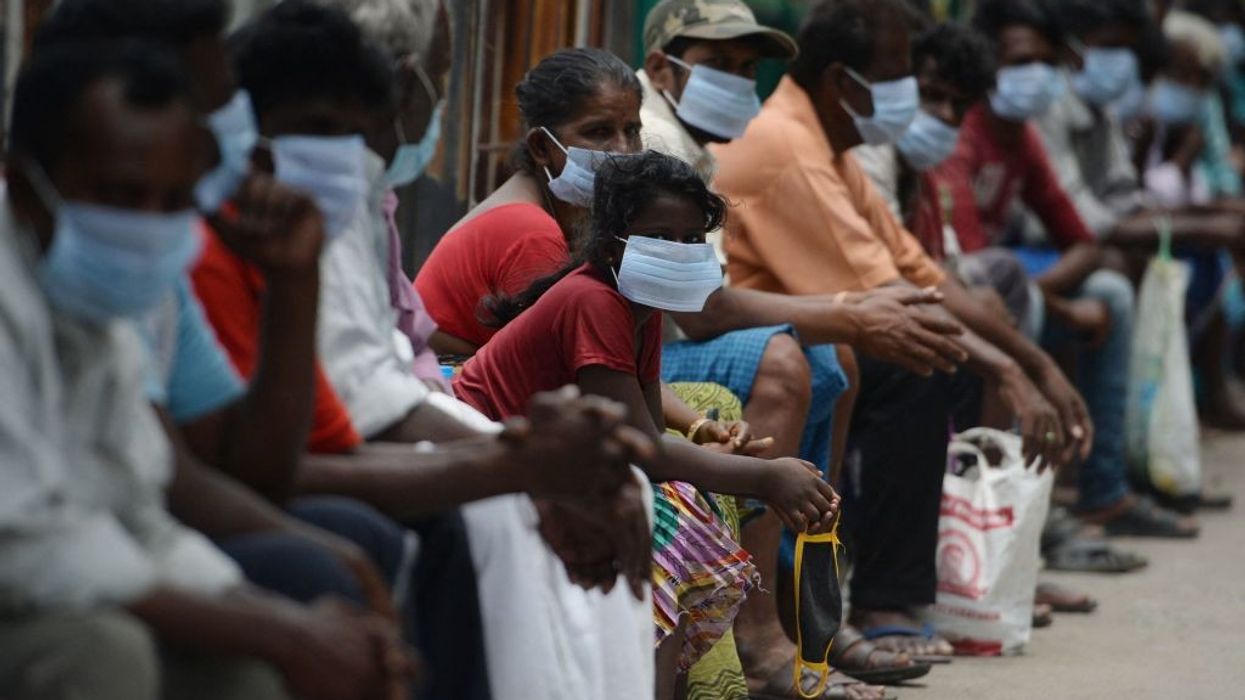






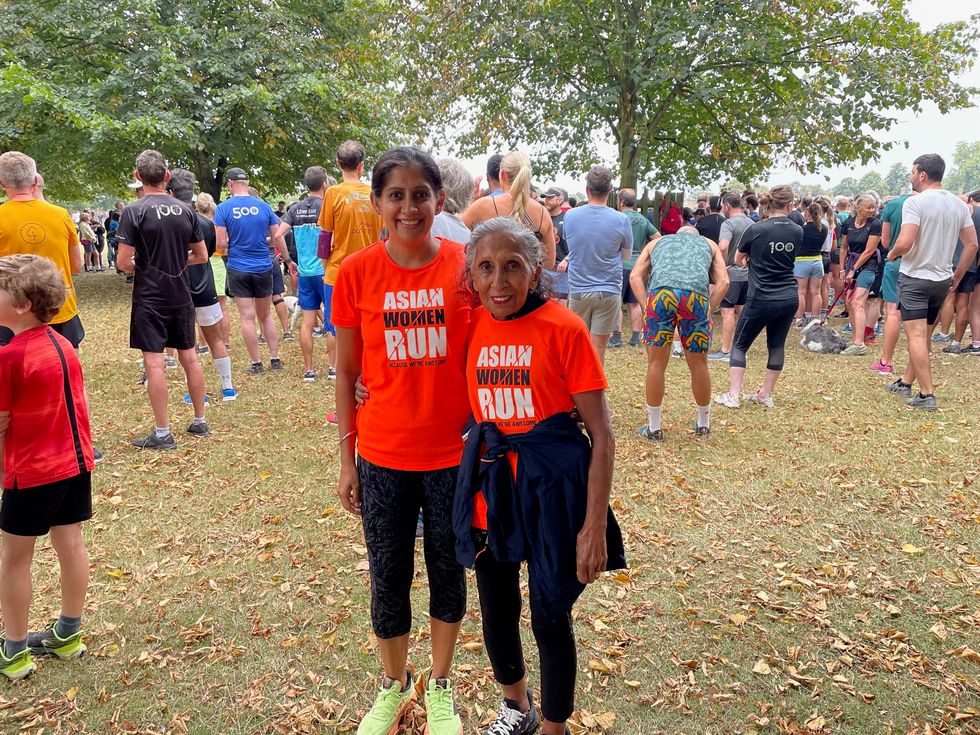
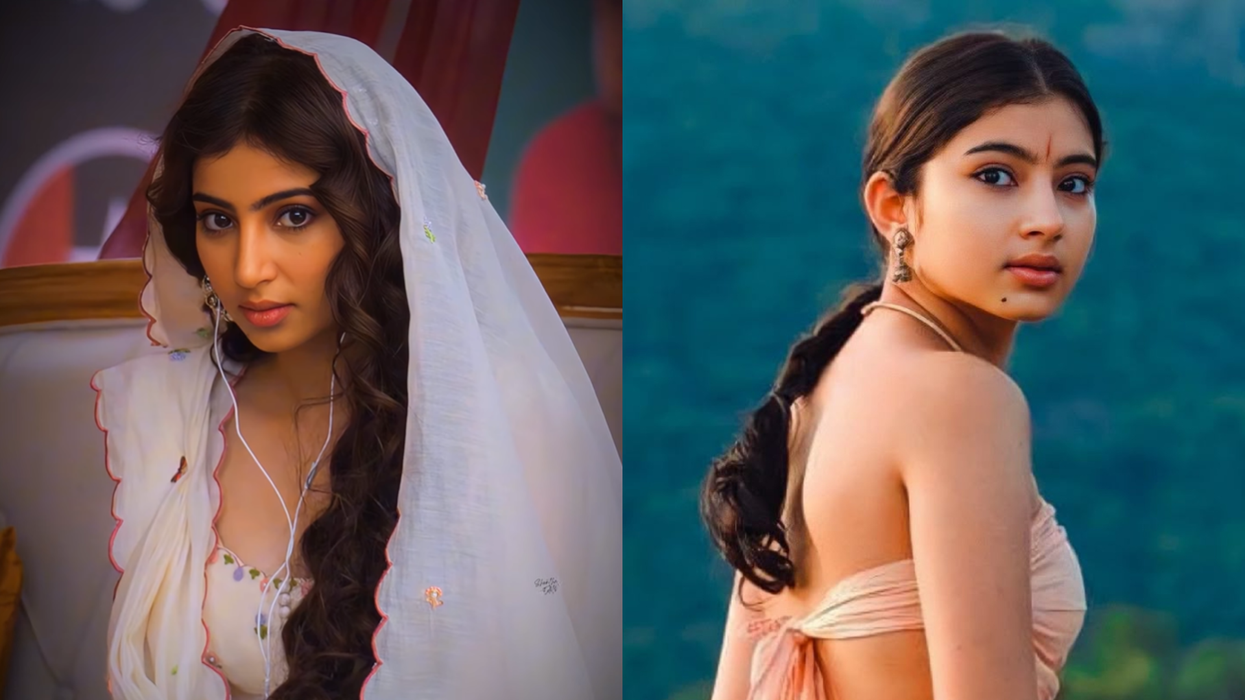


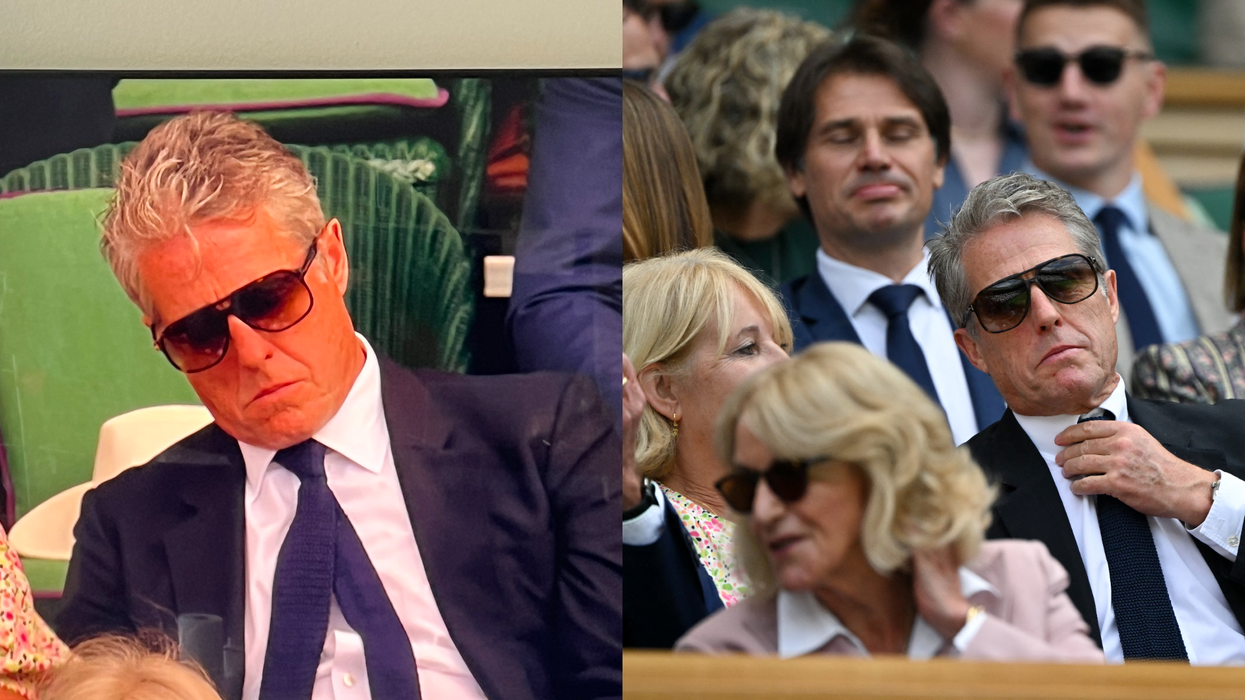







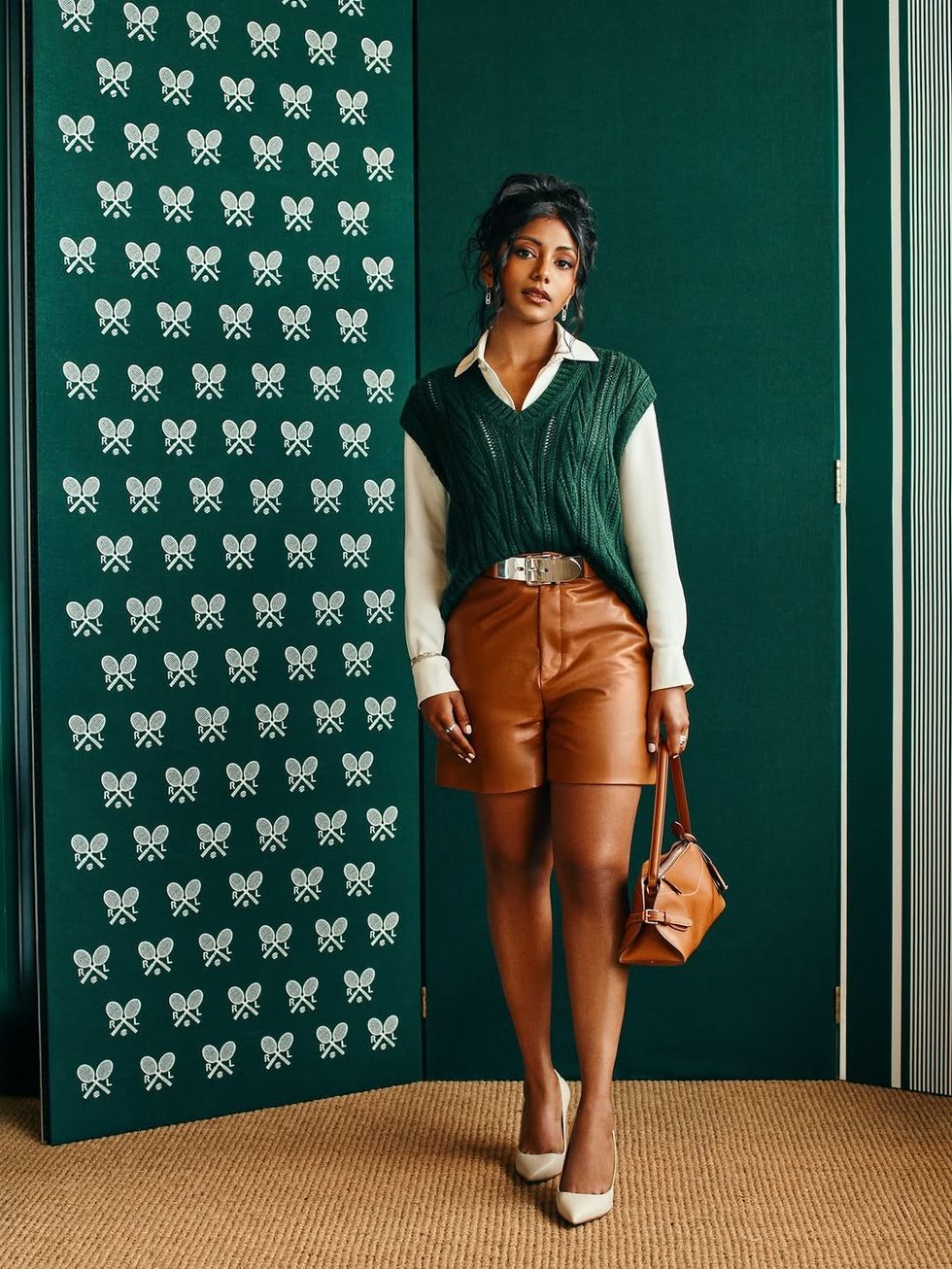 Charithra Chandran styled her hair in soft curls for the Ralph Lauren outfitInstagram/
Charithra Chandran styled her hair in soft curls for the Ralph Lauren outfitInstagram/ Charithra’s look was inspired by her character Edwina Sharma from BridgertonInstagram/
Charithra’s look was inspired by her character Edwina Sharma from BridgertonInstagram/
